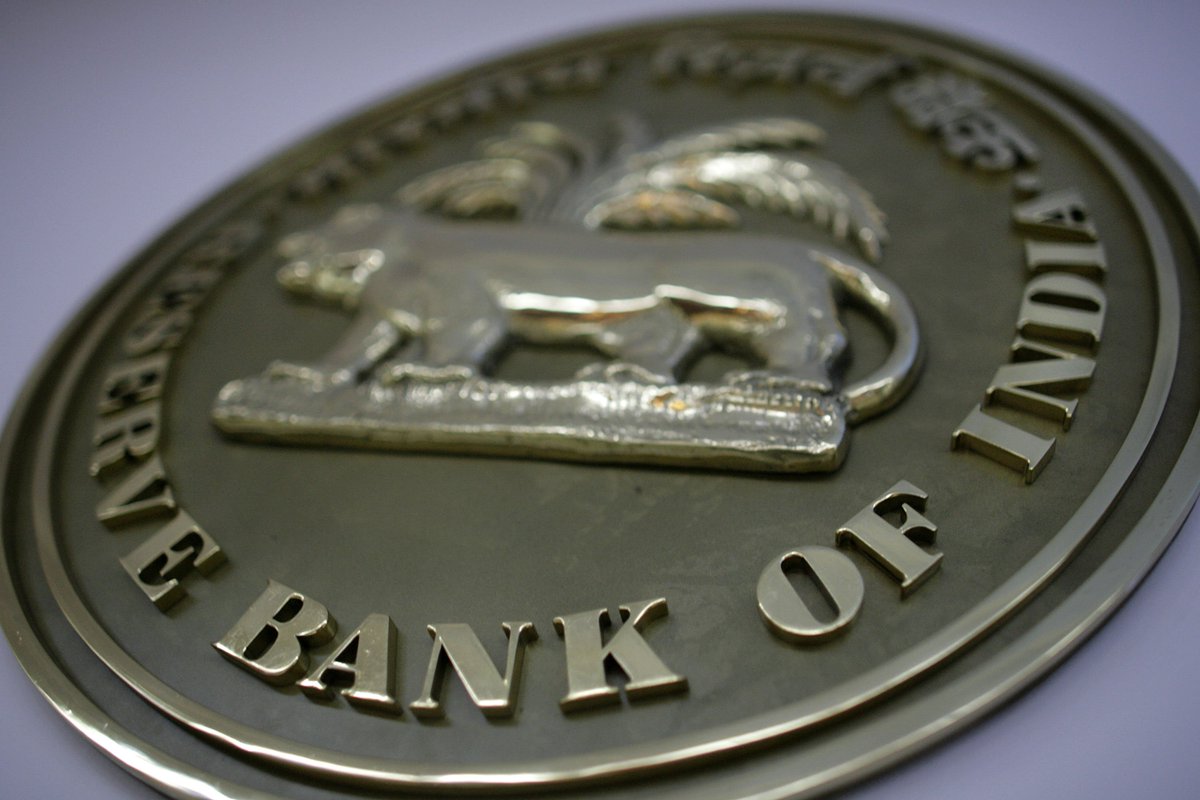Reserve Bank eases liquidity for NBFCs, Analyst describes move as too little and late

- Country:
- India
In an effort to ease current liquidity crunch, the Reserve Bank Friday allowed banks to use government securities equivalent to their incremental credit to non-banking lenders for a three-month period starting Saturday to meet their liquidity coverage ratio (LCR) needs.
The provision, which can free Rs 50,000-60,000 crore of liquidity which banks can lend to NBFCs, will be available to banks up to December 31, the RBI said in a circular.
Many NBFCs and industry analysts, however, described the move as too little and too late, saying it will not help much, especially those NBFCs which are into home/auto loans.
The only beneficiary will be those into short-term consumer loans as well as microfinance players, they said.
This was clear from the way market reacted to the sectoral stocks with the second largest pure-play home loan player Indiabulls Housing Finance, which has heavy exposure to developers, plunging over 17 per cent and the market leader HDFC shedding over 4 per cent and another key player DHFL tanking over 10 per cent.
As against this Bajaj Finance, which is consumer oriented, closed only 0.4 per cent down on a day when the Sensex plunged 1.33 per cent and the Nifty tanked over 1.4 per cent.
According to analysts, the move has the potential to free up to Rs 50,000-60,000 crore of liquidity which banks can lend to NBFCs.
"With immediate effect, banks will be permitted to also reckon government securities held by them up to an amount equal to their incremental outstanding credit to NBFCs and housing finance companies, over and above the amount of credit to NBFCs and HFCs outstanding on their books as on October 19, as level 1 high-quality liquid assets (HQLA) under the facility to avail liquidity for liquidity coverage ratio (FALLCR) within the mandatory statutory liquidity ratio (SLR) requirement," the RBI circular issued Friday morning said.
It will be in addition to the existing FALLCR of 13 per cent of net demand and time liabilities (NDTL), but is limited to 0.5 per cent of a bank's NDTL, the RBI said.
The move will facilitate banks to lend more to NBFCs and housing finance companies (HFCs), which are facing liquidity crisis following defaults by Infrastructure Leasing & Financial Services (IL&FS) and its group entities.
As of August 31, gross bank credit to NBFCs stood at Rs 4.9 trillion, according to RBI data.
The central bank Friday also raised the banks' single borrower exposure limit for NBFCs that do not finance infrastructure to 15 per cent of their capital funds from 10 per cent now. It will also be available for banks up to December 31.
"Total SLR requirement for banks is 19.5 per cent. Of that, 13 per cent can be utilised for HQLA. Today's notification says now this can go up to 13.5 per cent and banks can dip into their SLR securities for HQLA only to the extent of incremental lending to NBFCs," said a senior banker with a state-run bank.
Some analysts said the move will ensure that the banks will start lending to NBFCs so that liquidity to the NBFCs will increase.
"It is a very good measure by RBI which will calm the markets and improve the sentiments towards the NBFCs," independent market analyst NS Venkatesh said.
But a leading NBFC player, who wished not to be named said, "The move is too late and too little as the main issue is a crisis of confidence and the central bank's effort will make no material impact to large players who are into long-term lending. The only beneficiaries will be microfinanciers and pureplay consumer-focused NBFCs".
Sanjay Chamria, vice-chairman of Magma Fincorp said though the RBI can ease liquidity for NBFCs from banks, especially by private banks who can now leverage this additional window of liquidity to lend to NBFCs.
Private banks are the ones whose loan to deposit ratio (LDR) is in the range of 90-100 per cent. Similarly, the single client exposure limit is increased to 15 per cent is a welcome step but may need to be phased back to 10 per cent gradually, he said, adding the RBI has to clarify whether the higher single client exposure up to 15 per cent taken till December 31 could be extended further.
Knight Frank India Chairman and Managing Director Shishir Baijal said, "In the backdrop of NBFC liquidity crisis, credit flow to the real estate sector has been squeezed. This measure by the central bank is aimed at easing credit flow to NBFCs, which is welcome. However, its impact still depends on banks' confidence to lend to this segment in the current environment".
(With inputs from agencies.)
- READ MORE ON:
- real politics
- real clear politics
- private banks
- crore of liquidity
- cent of net demand
- liquidity coverage ratio
- pureplay consumer focused NBFCs
- current liquidity crunch
- additional window of liquidity
- incremental credit
- mandatory statutory liquidity ratio
- backdrop of NBFC liquidity crisis










